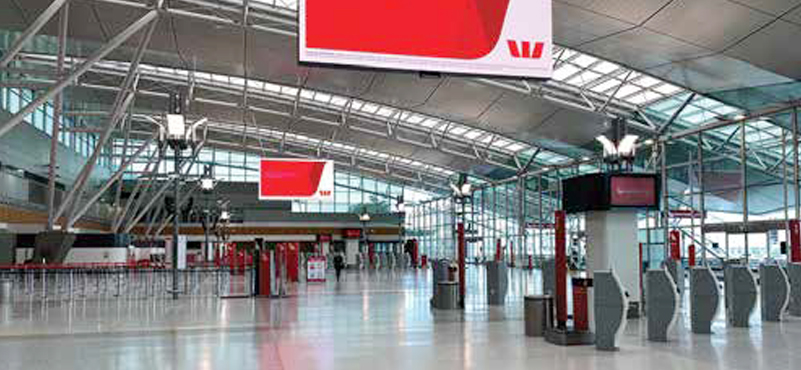India’s steller rise in the global aviation marketplace is not only set to continue, but it is likely to outdo the previously projected figures. According to a report released by the International Air Transport Association (IATA) – which represents 85 percent of the world’s airline traffic – India is projected to overtake the United Kingdom as the third largest air passenger market by 2025, outpacing the previously forecasted 2026. IATA report also notes that China will acquire the top spot, while the United States will hold the second spot in terms of passenger traffic.
The report mentions that India, by 2036, would boast of about 478 million airline passenger traffic, which will be more than that of Japan (around 225 million) and Germany (200 million) put together. India’s current passenger traffic is about 141 million which means that the traffic is slated to grow well-over three times in the next two decades.
As per the report, the Asia-Pacific as a region will continue to be the hotbed of aviation business being the biggest driver of demand. “The region will be the source of more than half the new passengers over the next two decades…the UK will fall to fifth place, surpassed by India in 2025, and Indonesia in 2030,” IATA said in the report.
While the pace may be slower than that of India’s, global passenger count is also expected to double in the next two decades. As per the report, air passenger numbers will swell from nearly 4 billion to nearly 7.8 billion passengers in 2036 with a 3.6% compound annual growth rate (CAGR).
This unprecedented growth brings with itself new set of challenges for industries and governments world over. Looking at the Indian scenario, airports in key Indian cities are already nearing saturation and need new airports and terminals. Add to that, boom in passenger numbers have led to LCCs acquiring hundreds of new aircraft. According to several reports, Indian airlines have over 800 planes on order and in the next five years alone are set to add 350-400 aircraft. Also, connectivity in tier-2 and tier -3 cities also need be enhanced to lessen the burden on existing infrastructure and improve air linkages. It remains a fact that the government has taken several steps in the right earnest, including kickstarting the Regional Connectivity Scheme and doing away with the archaic 5/20 rule, on the policy front, but much remains to be done to prepare for the challenges in the future.
Expressing similar sentiments, Alexandre de Juniac, IATA’s director general and chief executive officer noted that “all indicators lead to growing demand for global connectivity. The world needs to prepare for a doubling of passengers in the next 20 years.” Calling it “a fantastic news for innovation and prosperity, which is driven by air links”, he said “it is also a huge challenge for governments and industry to ensure we can successfully meet this essential demand.”




































